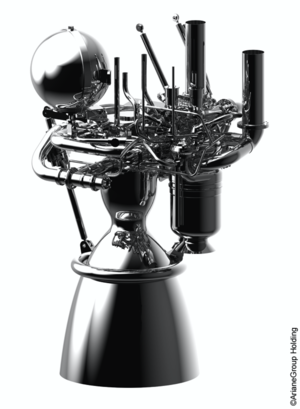5G to help smart factories and masses of drones find their way
5G will offer more to users than simply ultrafast communications; this better-than-wifi mobile standard should also deliver enhanced positioning to users. Accordingly, it is set to enable a wide range of potential applications from continuously-tracked smart factories to swarms of high-precision drones and assisted or self-driving cars.
The communication capabilities of current cellular networks are already used routinely to supplement satnav-based smartphone positioning performance. But 5G offers in addition positioning capabilities, thanks to its adoption of higher frequency signal bands to deliver wide bandwidth, low delay communications.

The shorter range of these higher frequency bands also demands a dense infrastructure of base stations, which make possible the easy triangulation of user positions by calculating the time and angle of signals.
Indeed, positioning is likely to become an inherent part of 5G infrastructure, enabling optimal use of bandwidth across a given area while also helping usher the ‘internet of things’ into being.
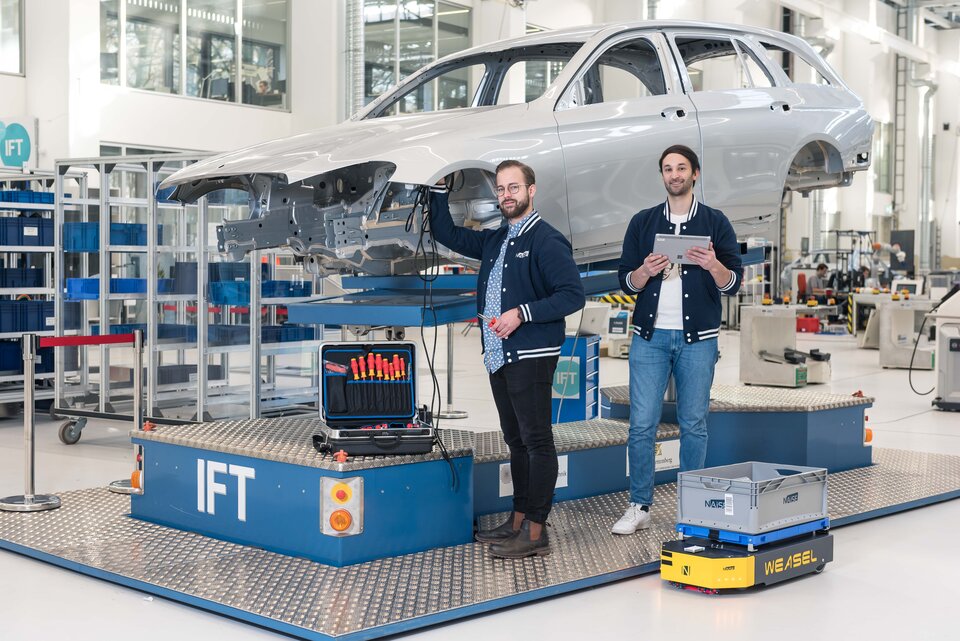
ESA has opened a new call for proposals to European industry, looking to develop commercial ideas related to 5G for ‘positioning, navigation and timing’ or PNT for short.
Supporting this call – which takes place through ESA’s Navigation Innovation and Support Programme (NAVISP), boosting the competitiveness of European industry in the PNT domain beyond solely satellite navigation – external experts joined Agency personnel in a recent webinar looking into possible use cases in detail.
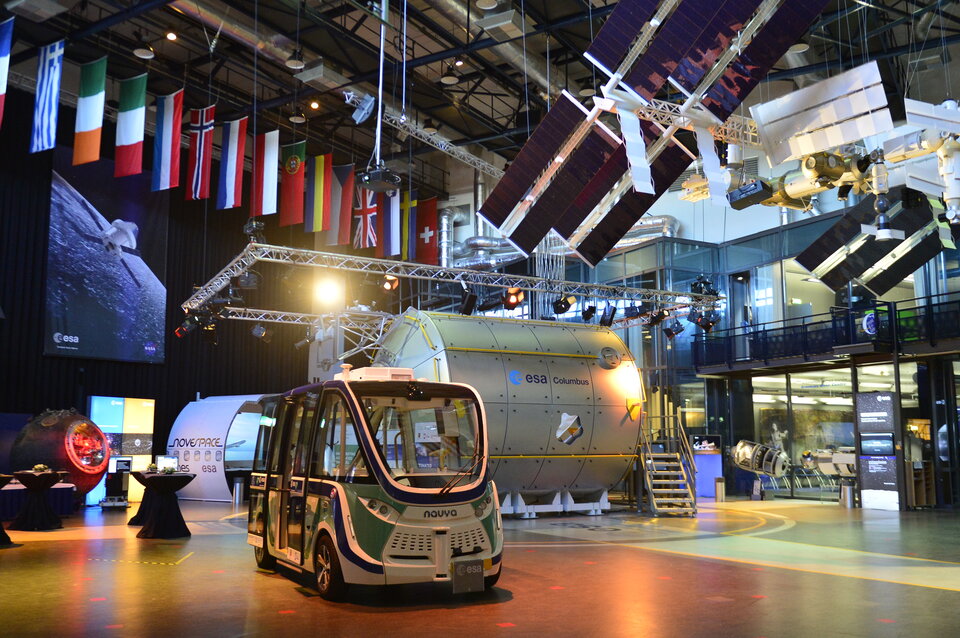
“NAVISP’s ambition is to generate European champions in the PNT world,” said Pierluigi Mancini, NAVISP programme manager. “Without linking with different technologies and differing markets that are essentially fostering opportunity for PNTs we will not be able to do this, and it is in this frame we are positioning this initiative.”
“Through the projects we’ve already implemented through NAVISP we realise that the kind of critical applications we’re talking about today require robust PNT solutions,” said Rafael Lucas Rodriguez, heading ESA’s NAVISP technical programme office.

“Satellite navigation by itself is not enough, because of various environmental vulnerabilities. Accordingly, 5G for PNT is a potential backup solution in many cases, potentially allowing a seamless transition from outdoor to indoor coverage.”
Karin Loidl of Germany’s Fraunhofer Institute for Integrated Circuits – speaking for the industry body 5G-ACIA , the Alliance for Connected Industry and Automation – discussed one major indoor use case for 5G positioning: autonomously-operating smart factories, otherwise known as ‘industry 4.0’.

“Factories of today have to be very flexible and adaptive to changing situations,” she explained. “Production lines are not stable over 10 years or five years or months; they might have to change in a week. The need is for positioning of all the moving objects, for all the changes in this factory.”
5G-ACIA surveyed its 75 members to define their positioning needs for smart factories, amounting to demanding requirements in terms of accuracy, latency and availability.
“You normally like to track incoming goods, then you have forklifts operated both by humans and autonomously, responsible for the provision of goods to the assembly sites,” Karin Loidl added.
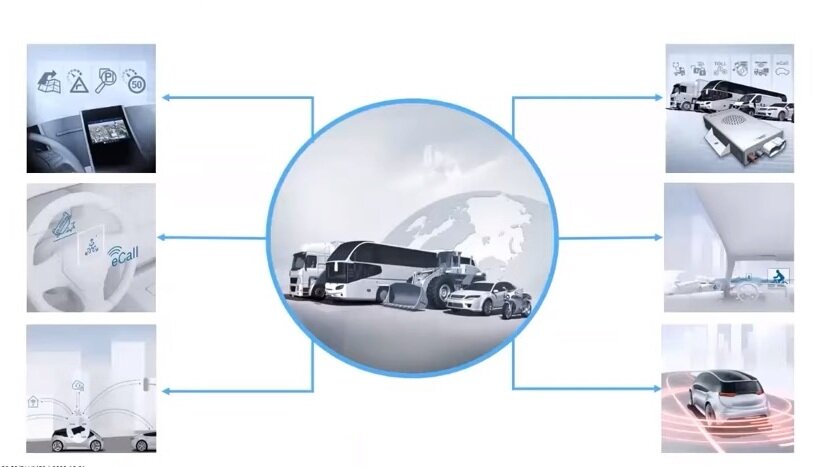
“Positioning is also important at the assembly site, because you like to track tools, robots and HR applications. There are also many sensors, not always fixed like in the past, whose positioning is needed too.”
She emphasised that overall industry demand for positioning was substantial, with the market for mobile robotics forecast to grow to €49 billion by 2023, asset tracking up to €23 billion by 2022, positioning-enabled augmented reality to €65 billion by 2024 and ‘geofencing’ – or the use of virtual boundaries – up to €1.5 billion in 2024.
Michael Baus, Project Director at Robert Bosch GmbH turned the focus outdoors to talk of the current and future positioning requirements of automobiles, from navigation systems and road tolling to eCall – sharing vehicle positioning with rescue services in the event of an accident – and assisted or self-driving cars.

“To know the position of your car is very important to use maps and all the rich information inside the maps,” he said. “Quite a vast range of functions make use of positioning, across differing application vehicles from motorcycles to trucks.”
The technology employed to do this needs to be stable, safe and usable all over the world, he added, and expressed hope that 5G could play a major role by increasing the coverage, availability and reliability of automotive positioning, at a reasonable price.
Cristiano Baldoni, CEO of d-flight looked skyward, anticipating a future when crewed aircraft are vastly outnumbered by all manner of automated aerial vehicles performing a wide variety of uses, what he termed ‘the internet of drones’.
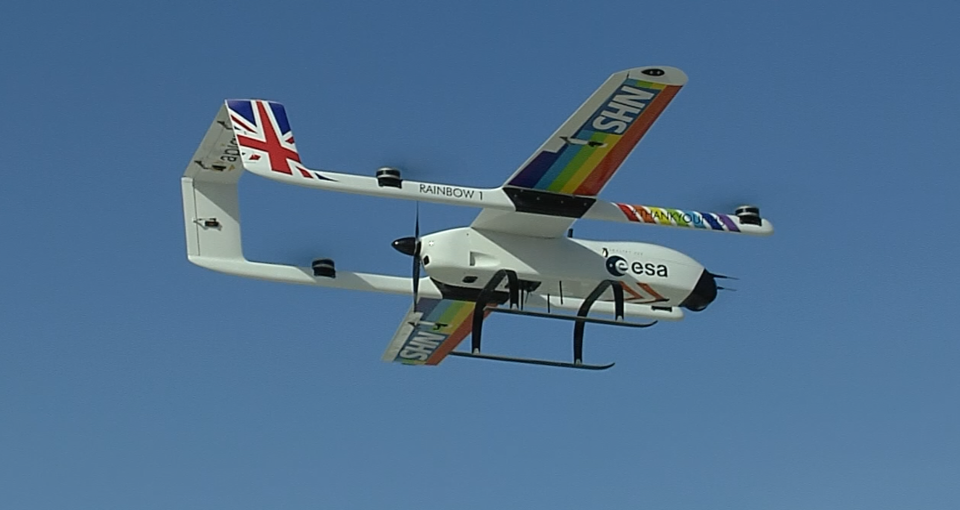
He explained that the traditional air traffic control model needs to evolve to accommodate such a shift, based on automated monitoring, traffic management and collision avoidance.
5G could potentially serve as a means of drone-to-drone and drone-to-ground communication but also positioning for satnav-denied areas such as urban canyons, as well as sharpen the positioning of high-accuracy drone applications such as goods delivery, precision farming and infrastructure monitoring – and eventually person-carrying aerial taxis.
Ivan De Francesca, senior network transport expert at Telefonica Global highlighted the fact that while traditional cellular networks required only frequency synchronisation, 5G demands much more rigorous time and phase synchronization to maintain network stability.
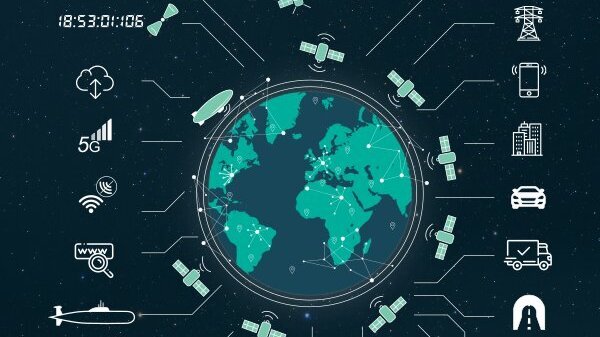
“The technology gap comes with the most demanding applications, like high-accuracy positioning or self-driving cars,” he said. “We might need to adapt or modify the current architecture we are using today, and that is where this 5G for PNT initiative comes into the scene, because its results are going to be vital to understand how to move forward.”
ESA's Alessandra Fiumara, responsible for managing this call for proposals, clarified the requirements and the planning for submission of proposals, encouraging all interested bidders to submit their proposals before 31 January 2021 and take advantage of the networking platform specially put in place for this call to facilitate the formation of teams.
The complete webinar can be watched below. For more information on ESA’s call for proposals, visit ESA's NAVISP website.















 Germany
Germany
 Austria
Austria
 Belgium
Belgium
 Denmark
Denmark
 Spain
Spain
 Estonia
Estonia
 Finland
Finland
 France
France
 Greece
Greece
 Hungary
Hungary
 Ireland
Ireland
 Italy
Italy
 Luxembourg
Luxembourg
 Norway
Norway
 The Netherlands
The Netherlands
 Poland
Poland
 Portugal
Portugal
 Czechia
Czechia
 Romania
Romania
 United Kingdom
United Kingdom
 Slovenia
Slovenia
 Sweden
Sweden
 Switzerland
Switzerland






















